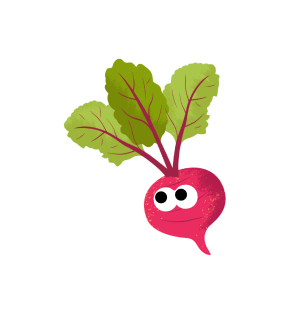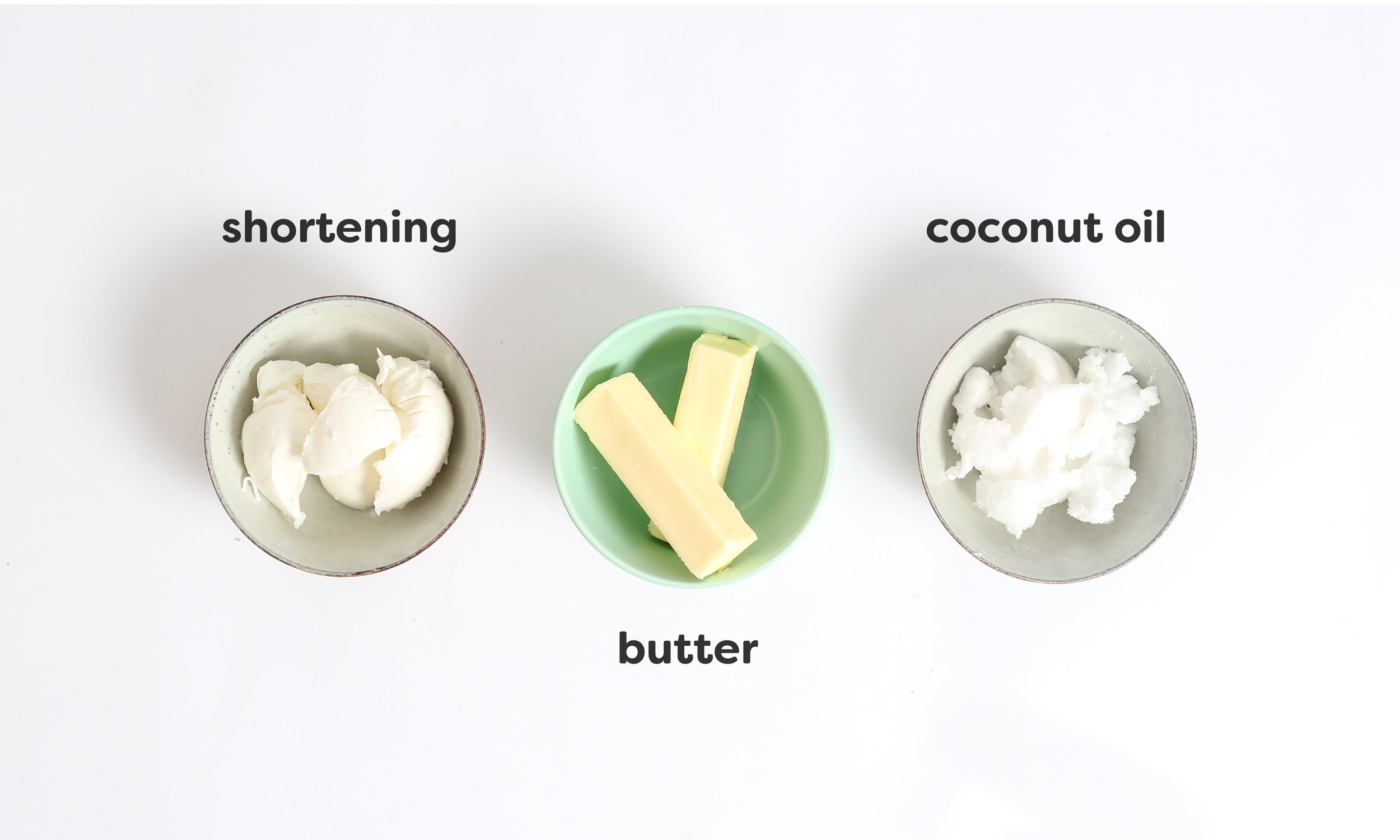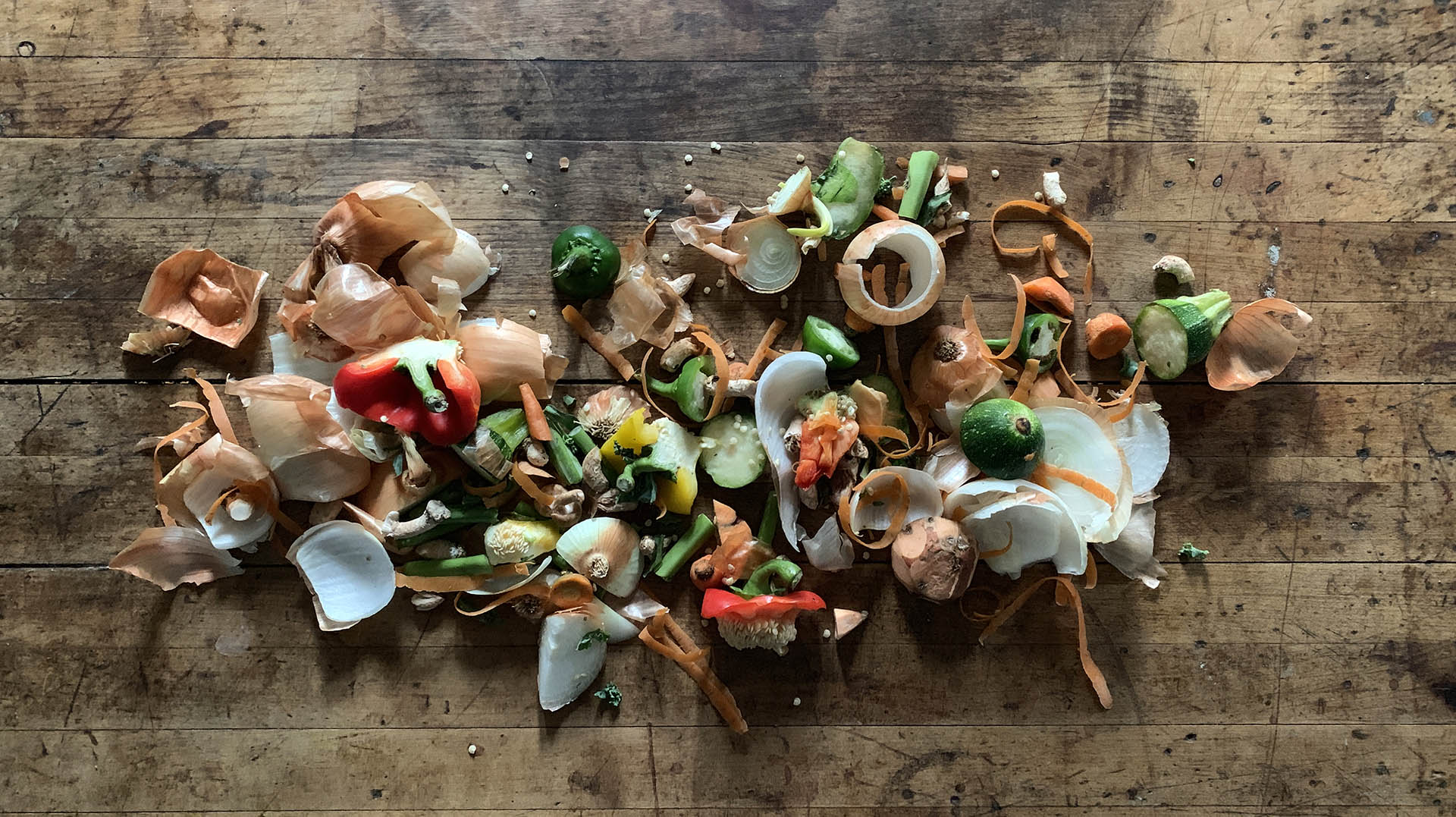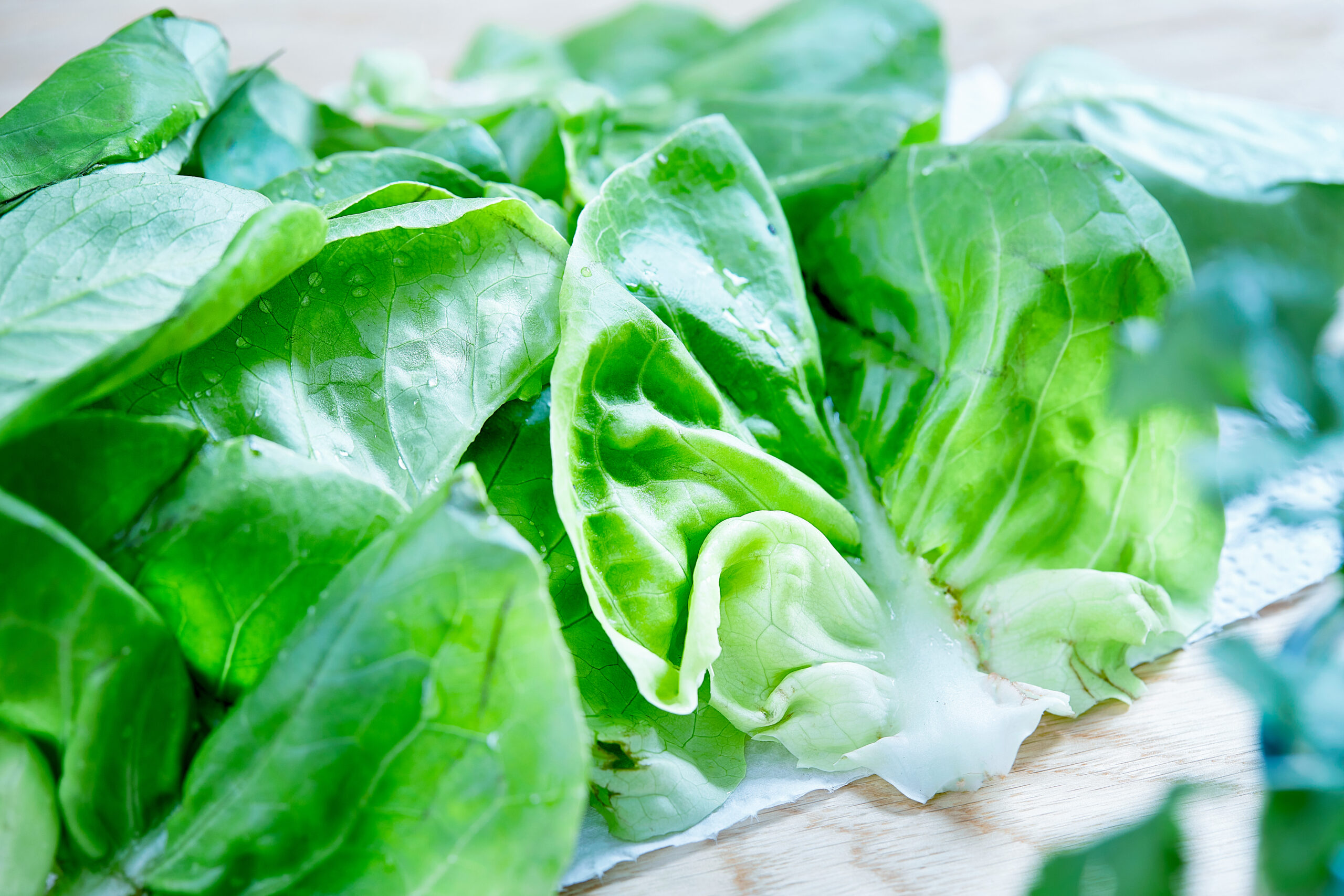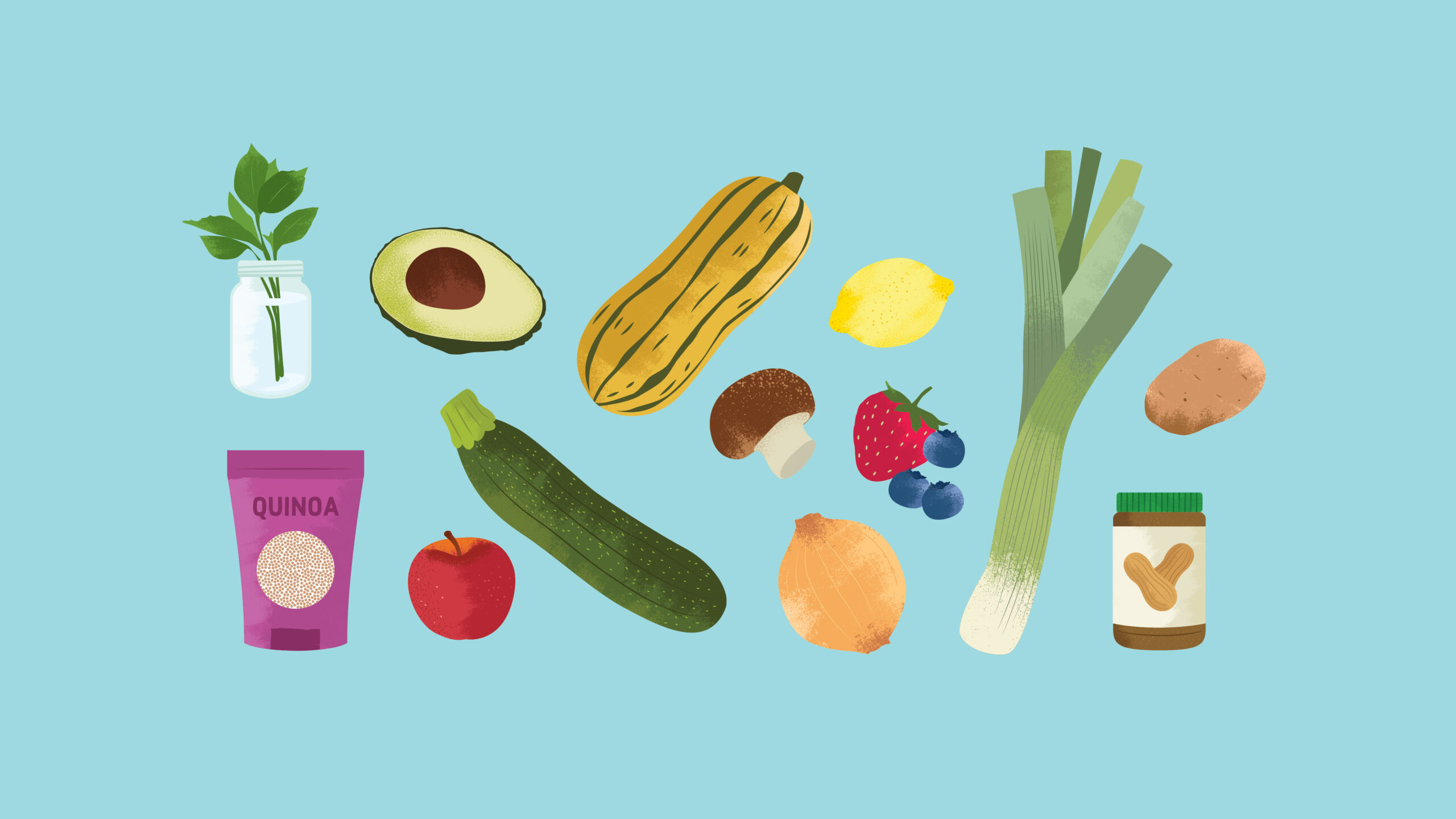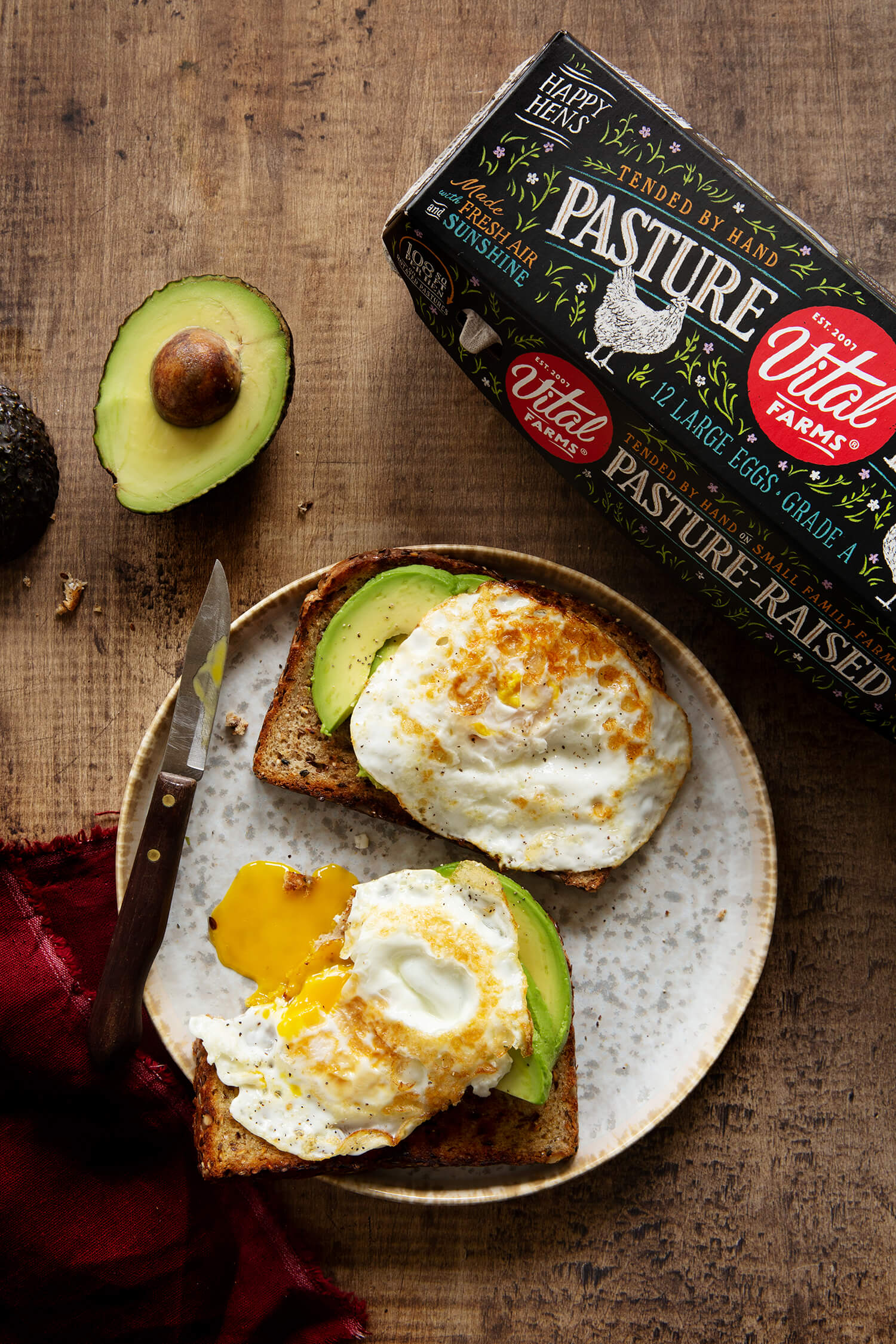One of our favorite things to do with fruits and veggies is make baked goods, whether it’s turning citrus into cake or squash into brownies. An essential building block whenever we’re baking is the fat that we choose, which impacts the flavor and texture of your cake, cookies, or brownies. Here’s a quick overview of some of the most popular fats for baking that will help you pick the right one for your next sweet project.
Butter
Everyone knows butter is a common baking fat, but the most important thing to know about it is that it’s not entirely fat. American butters are usually 80% milk fat (the rest is water), while “European” style butters are closer to 85% fat. The water that’s there matters when it’s used for baking, as it’s released as steam throughout the baking process. This can result in a puffing-up and tasty flakiness in the end-product. Butter also lends a distinctively rich flavor to its dishes and tends to produce baked goods that spread out more than they would if lard or shortening were used in its stead.
Lard
Lard is fat rendered from pork. This means it’s a no-no for vegetarians or halal observers, but don’t worry, it doesn’t actually taste anything like bacon. It’s higher melting point and larger fat crystals relative to butter help it to yield exceptionally flaky results. When it’s mixed with flour, lard excels at shortening the distance between layers of gluten, creating a flaky texture, which is why it’s a beloved fat for pie crusts. Vegetable shortening achieves the same result, hence the name.
Shortening
Shortening is a solid fat made from vegetable oils and is an affordable and shelf-stable alternative to animal fats for those seeking to avoid them. Using shortening will result in an end product that’s most held its shape throughout the baking process and that features the sandy, crumbly texture reminiscent of shortbread cookies. Shortening does not add the rich flavor that butter and lard lend to a dish, but it’s a favorite for a crisp final product, making it perfect for vegan pie crusts. Shortening does have some trans-fats and a noteworthy amount of saturated fat, making it best used as a “once-in-a-while” baking fat for holidays and special occasions.
Coconut Oil
Coconut oil is extracted from the interior white flesh of coconuts and is solid below 76° F. Like shortening, it’s a great vegan alternative to butter or lard. It’s not a perfect substitute for butter and will yield a different flavor and texture due to its lower melting point and lower water content, but it performs most similarly relative to other liquid-at-room-temperature oils. For coconut lovers, unrefined coconut oil is a great way to add a flavor punch to your baked goods. If you’d rather use it as a neutral oil, refined coconut oil will let your other flavors take center stage.
Which should I bake with?
There’s no wrong answer here! Instead, think about your optimal outcome in terms of flavor and texture, and proceed from there. Here’s a cheat sheet to get you started.
-
Cakes: Butter and oils (coconut or other vegetable oils) are the best choices for cakes where a tender and moist crumb are prized.
-
Cookies: Butter tends to perform best when it comes to producing the ideal flavor/texture combination in cookies.
-
Crusts: Lard and shortening get the edge when it comes to producing the perfect flaky pie crusts, but you can achieve similar results with large chunks of butter if you don’t overmix the crust when you knead it.
Another way to think about this is to consider what qualities you’re hoping to achieve in your baking, and about which fat is best equipped to yield that result.
-
Moist: butter or oil
-
Crisp: butter or shortening
-
Flavorful: butter, unfiltered coconut oil
-
Flaky: lard, butter, or shortening
